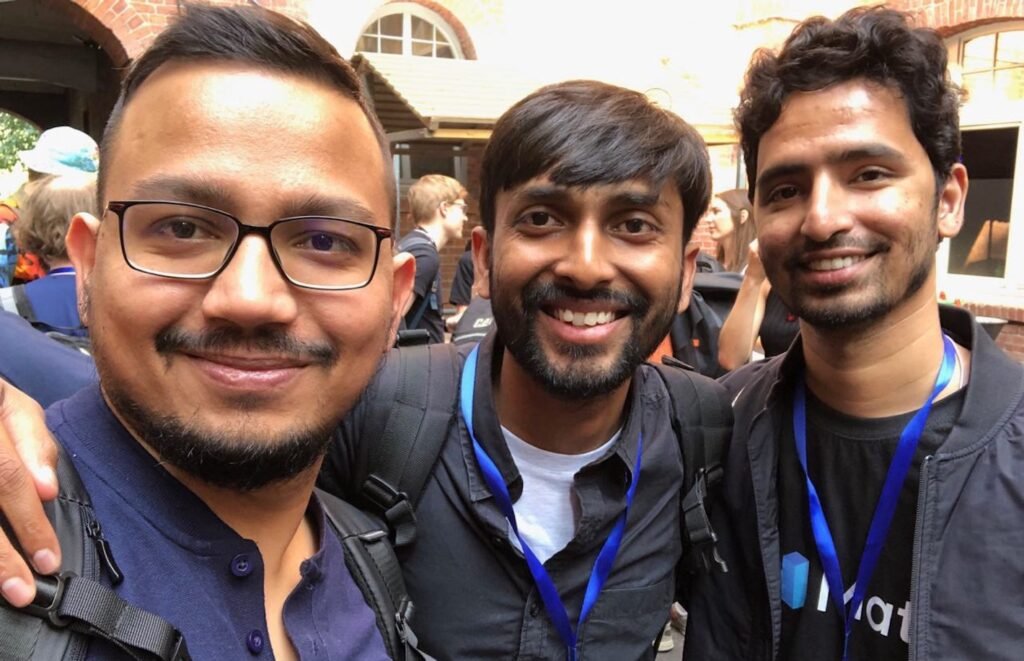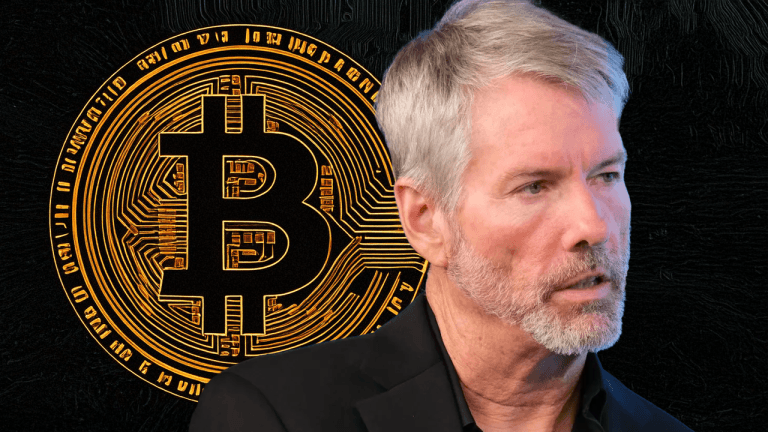
Slumdog billionaire: Incredible rags-to-riches tale of Polygon’s Sandeep Nailwal

Growing up in poverty in a Dehli ghetto, with an alcoholic father, Sandeep Nailwal went on to found the $6B Polygon crypto empire.
From his childhood living in a ghetto on the east bank of the Yamuna river in Dehli to launching the $6-billion Polygon blockchain, Sandeep Nailwal has an incredible rags-to-riches tale.
Now happily ensconced in the futuristic, air-conditioned cityscape of Dubai, he tells Magazine he was born in a farming village in 1987 with no electricity called Ramnagar in the foothills of the Himalayas.
His parents married as teenagers and then packed up home when Nailwal was just four to try their luck in Dehli. They wound up in the poor settlements on the east banks of the river, often dismissively referred to as Jamna-Paar.
Imagine the Bronx in New York, Nailwal says. It was like a tier-three area. Even now, when you go there is a very kind of ghetto-ish area.

He remembers lots of cows roaming the roads and illegal guns, though he says knives were the weapon of choice. When stuff needs to be done, then knife is the best tool, he says of the attitude.

Bitcoin revolution
Instead, he looked to get into deep tech, first considering then abandoning AI as it was beyond his mathematical abilities. Bitcoin was starting to get some press at that time due to the upcoming halving in 2016.
Nailwal had heard about Bitcoin back in 2013 but initially wrote it off as some sort of Ponzi scheme. After discovering it had lasted the distance, he thought it worthy of further investigation. Reading the beautifully written white paper, he realized:
Oh, this is big this is the next revolution of humanity.
Converted, he was desperate to get skin in the game and, over the next three months, tipped the $15,000 wedding loan into Bitcoin at $800 a piece. Looking back, he says it was an insanely risky move given his finances at the time.
The level of FOMO I had, it would have been exactly the same if I was one year late. And I would have done the same thing at $20,000. Yeah, and I would have lost all that money, and it would have been really, really problematic for me.
But as a builder, he wanted blockchain to be about more than just payments, which led him to Ethereums full programmability. I was like this is the thing, this is the thing I want, he says.

Throwing himself into the space, Nailwal founded a blockchain services startup called Scope Weaver in 2016 and became well-known as a moderator on local Ethereum forums. Thats where he met a hardcore programmer named Jaynti JD Kanan, who kept suggesting he spend his $400,000 Bitcoin stash investing in his startup ideas.
Initially, Nailwal wasnt keen, but then Ethereum started to struggle with its own popularity during the 2017 bullrun, most notably after a 600% increase in transaction fees from CryptoKitties made the blockchain all but unusable.
Also read: Ethereum is eating the world You only need one internet
Kanan suggested they work on fixing Ethereums scaling problems by developing the layer-2 Plasma technology proposed by Vitalik Buterin and Joseph Poon in August that year, which helped offload transactions to faster and less crowded side chains. Nailwal agreed and helped raise $30,000 in seed funding to build a product, with Anurag Arju joining as another co-founder and Matic Network officially launching in early 2018. The project was bootstrapped on the smell of an oily rag. All up, he says, the Matic Network survived for its first two years on $165,000 of total funding.
Matic Network nearly dies
Having watched endless projects raise millions with vaporware initial coin offerings, the team was determined not to launch a token sale until they had a product.
They would come to regret this decision bitterly. Launching directly into the great crypto market crash of early 2018, the ICO market was strong for a few months after but petered out by the time their runway was growing short.
We kind of ignored that opportunity, he says. Which was really, really painful later on.
We had this huge opportunity of raising $10 million. We left it; we did not do it. And now we have no money to build. I remember that one time I had to almost beg one of the other founders of one project from India to grant us $50,000 so that we can run for three more months.
Shortly before his marriage, Nailwal traveled to pitch to a Chinese fund that seemed keen to invest $500,000 in the struggling project. He recalls being delighted two days before his marriage, with a house full of guests, that everything was going to be OK.

Everybodys happy, and Im also content that we will get $500,000 now (for Matic Network), and suddenly, Bitcoin goes from $6,000 to $3,000. That fund after that simply said, No, we will not invest now because we were going to invest 100 BTC; now the value is half, so we are not investing.
Even worse, the projects treasury was still in Bitcoin and had also halved in value.
That was a very traumatic experience for me around that point because I should not have speculated on this money, which is the companys Treasury, he says, meaning that he should have cashed out or turned it into stablecoins.
So, I was really angry at myself, and this thing went away. By that time, we had like seven, eight, 10 people [in Matic]. They are also [attending] my marriage, and we are enjoying it and all that but deep down, I know that shit, we might not have this team in the next two, three months.

Binance is actually diligent
Toward the end of 2018 and early 2019, the opportunity came up to raise funds in an initial exchange offering on Binance Launchpad. While the U.S. Commodity Futures Trading Commission thinks Binance is a bunch of cowboys who will accept any old bus pass as Know Your Customer verification, Nailwal says the exchanges due diligence was possibly too diligent.
Nobody believed that there could be a protocol coming from Indian co-founders. And there were two or three projects which turned out to be scams, and everybody was very wary, he says. Matic ended up going through eight months of evaluation before getting the nod to raise $5.6 million in $300 lots to the winners of a ballot.
Nailwal says, At that point in time, $5 million was a very good amount.
If Binance had said, You can raise $1.5 million or $1 million, we would even settle for that because we had a struggle for survival. But once we launched on Binance, things became much better.
That marked a turning point for Matic, which survived the 2020 pandemic market crash and grew from fewer than 1,000 daily users at the end of that year to surpass Ethereums user numbers with 550,000 in October 2021. It also flipped Ethereums transaction numbers that year, too. Rebranding as Polygon, it surged from a market cap of $87 million at the start of 2021 to almost $19 billion by the end of the year.
Nailwal was now one of the richest and most successful people in the cryptocurrency industry. But he wasnt satisfied, by a long shot.
Being in top 10, top 15 projects brings no satisfaction to me. Its very clear in my mind that I want Polygon to have that kind of impact which Ethereum and Bitcoin have had.
Look out for part two, which tells the story of how Polygon became one of the key players in the space and Nailwals plans to make it a top-3 project.

Go to Source
Author: Andrew Fenton









